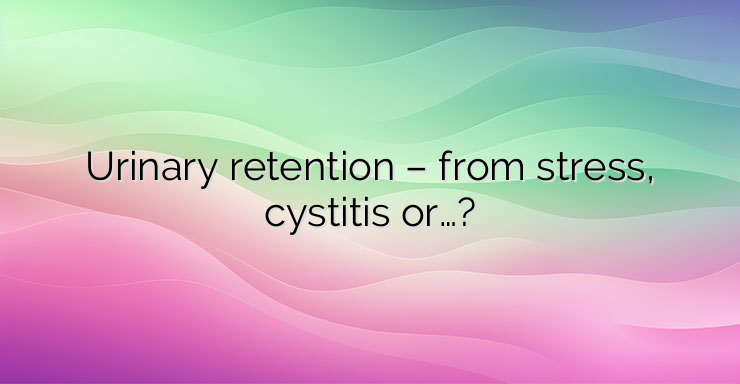1. What is urinary incontinence? The disease is an involuntary retention of urine in the bladder. It is a common problem that occurs in both sexes, but women suffer more often. Normally, the body has a bladder sphincter that prevents retention of urine in conditions of good health. Relaxation of this muscle causes urine to be released from the bladder into the external environment. Most women suffer seriously from the disease, which causes a change in their entire lifestyle. Consultation with an obstetrician-gynecologist is recommended to undertake therapy. 2. What causes this type of incontinence? Urinary retention is most often caused by stress. In this condition, the sphincter muscle is under constant tension and allows the passage of a very small amount of urine when there is additional tension, for example when intra-abdominal pressure increases after coughing, laughing, sneezing or exercise. The disease can be caused by cystitis, which is an infection of the urinary tract, or by muscle hyperactivity or an unstable bladder. Often the disease is caused after a stroke, dementia, multiple sclerosis, spine and brain injuries, as well as other damage to the nervous system. NEWS_MORE_BOX 3. Diagnosis Microscopic examination of urine is recommended to determine whether there is a urinary tract infection causing the disease. Patients are monitored for urodynamics, i.e. daily diuresis, until the symptoms disappear. X-rays and ultrasound can be useful imaging techniques that allow detection of pathology in the kidneys and urinary tract. Pathological findings on the other pelvic organs can also be detected and their sizes tracked. Cystoscopy allows examining the bladder from the inside. The examination is carried out under local and general anesthesia. 4. Treatment Treatment is undertaken after discovering the root causes. Genitourinary tract infections are managed with antibiotic therapy and immunostimulation. Surgical therapy of conditions is applied, which aims to work on the anterior vaginal wall and the sphincter muscle. The procedure is called colposuspension. Sphincter relaxants are also used – anticholinergic medications, such as oxybutynin, tolterodine, solifenacin and others. In maintenance therapy and for prevention, intake of more liquid food, lots of fruits and vegetables, as well as intake of at least 6 glasses of 200 ml of water daily is recommended.


Leave a Reply